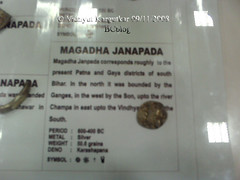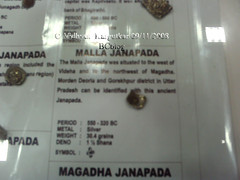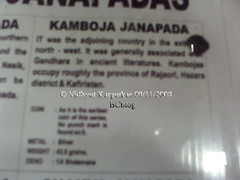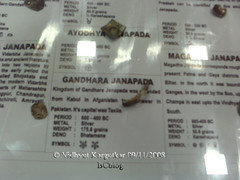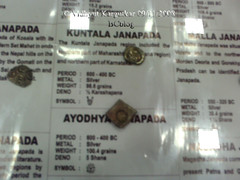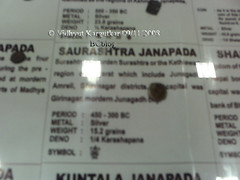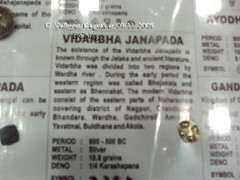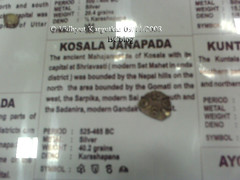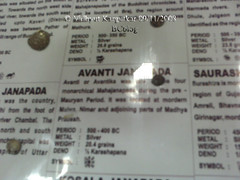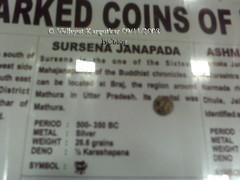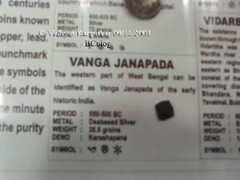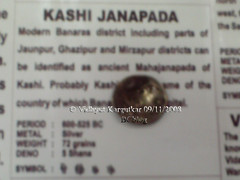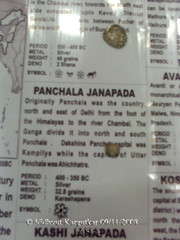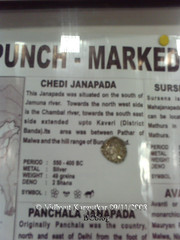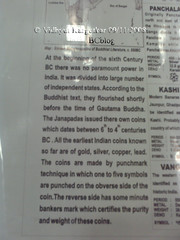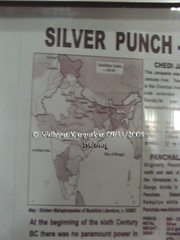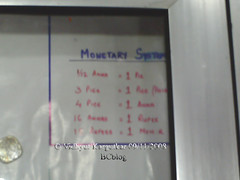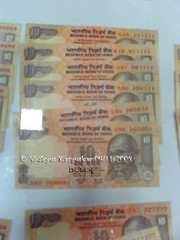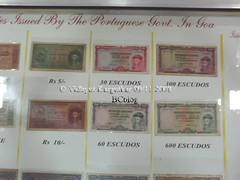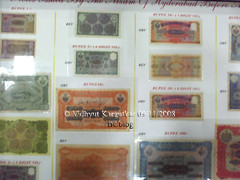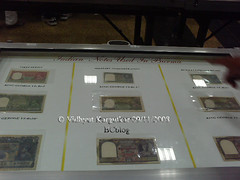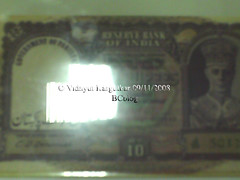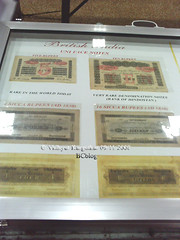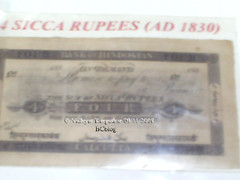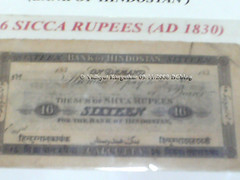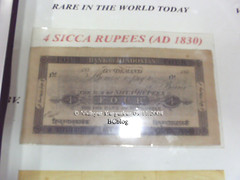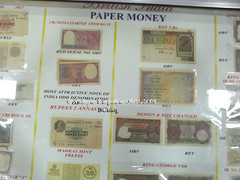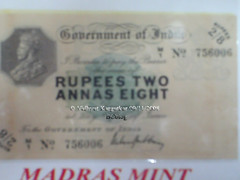With hundreds trapped in the Taj, Oberoi and firing still on, a holiday was declared in Mumbai. With school and colleges declared as closed.
Since it was morning the news was clearer with 10 places in Mumbai being targetted leaving 101 dead.
It was clearly beyond the means of our police force. So the Army and Markos navy commandos were called in. Lastly the elite NSG teams were pressed into action.
I texted all my friends to know abt their whereabouts. The same thing came across their SMSs as well, "we are helpless. hope it ends soon and never happens again"
The Home minister held emergency meeting. Meanwhile an email from some "Deccan Mujahideen" claimed credit.
The ongoing England tour was promptly cancelled plus the Champions League was put into uncertainty as well.
And now the news came in that there was a hostage situation at Nariman House as well. I hardly knew where that was, and surprisingly not even my mom did! But apparently the terrorists knew exactly where it was because it housed home of the ultra-orthodox Jewish outreach group Chabad Lubavitch; which was their target as well.
More NSG commandos were being called for as the gunbattle ragged on at Taj, Nariman House, Trident.
The Prime Minister addressed the nation at 4.30 pm. So late for the PM of the country to speak to his fellow citizens and that too the words were oft heard and there was nothing new or concrete for him to say.



above: Fire brakes out at the Taj. Flames billow out of a window at the Taj hotel.

above: Major fire breaks out inside the Oberoi Trident following a large explosion and gun battles between security agencies and terrorists.














